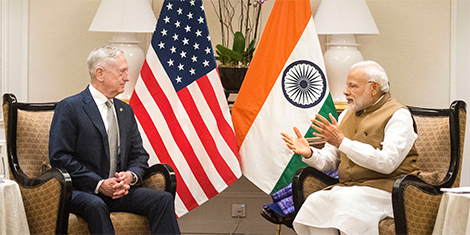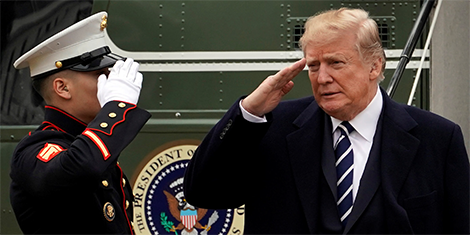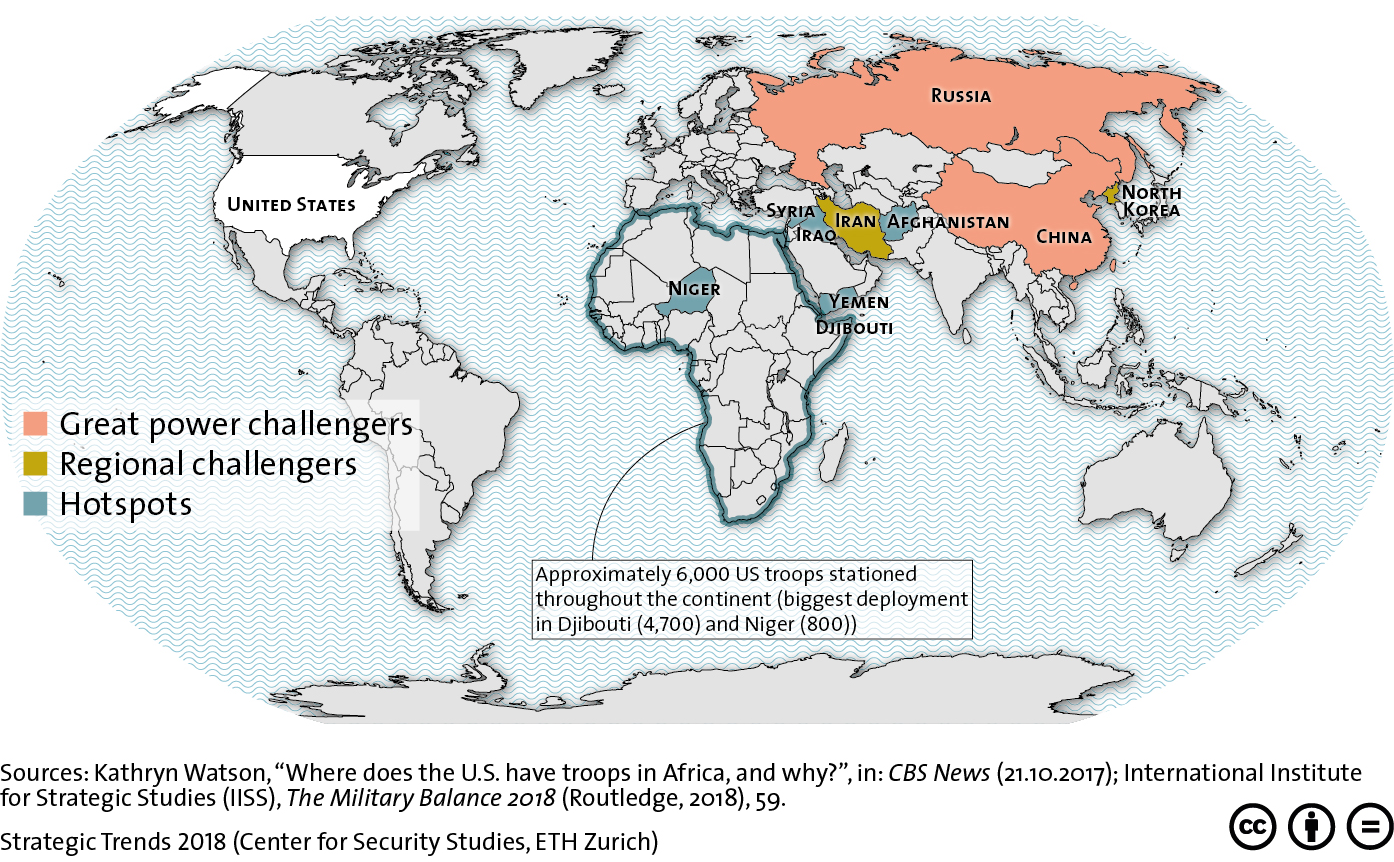
This article was originally published by YaleGlobal Online on 14 June 2018.
Global powers show renewed interest in the Indo-Pacific region, but should resist piling on with geopolitical intentions
The 2018 Shangri-La Dialogue in Singapore might as well have been renamed the “Indo-Pacific Dialogue.” In the plenaries and the panels, in the Q&As, corridors, and coffee breaks, not even the imminent Trump-Kim summit hosted by Singapore could compete with the “Indo-Pacific” among the attendees. Although the toponym itself is old, its sudden popularity is new, reflecting new geopolitical aspirations for the region.







